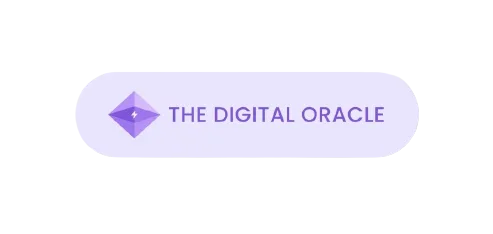Learn how to use internal linking to boost your SEO, improve crawlability, and guide your visitors to high-converting pages. A must-read for content creators and marketers.
Why Internal Linking Matters for SEO
Internal links connect one page on your website to another. While it seems simple, it’s one of the most underrated yet powerful SEO strategies.
At The Digital Oracle, we’ve seen websites jump multiple positions on Google simply by improving internal link structure.
Benefits of Internal Linking:
Distributes page authority across your site
Helps Google discover and index new content
Improves user engagement and session duration
Guides visitors to valuable, high-converting content

How to Use Internal Links Strategically
1. Use Descriptive Anchor Text
Avoid generic phrases like “click here.” Instead, use natural, keyword-rich anchor text. For example:
✅ Good: Learn how to boost your SEO with schema markup
❌ Bad: Click here for SEO tips
2. Link From High-Traffic to Conversion Pages
Pages that get lots of traffic (like blog posts) should link to:
Your service or product pages
Your contact or lead-gen forms
Downloadables like The SEO Cheat Sheet
3. Create Content Hubs (Topic Clusters)
Choose a core topic and link related blog posts to a pillar page. This builds topical authority and makes it easier for Google to understand your site structure.
4. Don’t Overdo It
Too many links on a page can dilute SEO value. Stick to 3–5 relevant internal links per 1,000 words, unless the content naturally calls for more.
Internal Linking Checklist
Want more help structuring your site? Get in touch with our SEO experts.
Other Posts You’ll Love:
Hire a team of expert marketers to handle the research and video creation process for you
Just because something worked for one type of video doesn’t mean it will always work. Your video marketing strategy needs to be flexible and adjust to people’s viewing behaviors for maximum impact.
Ready to grow your revenue with The Digital Oracle? Get a Free Consultation to Boost Your Business.




